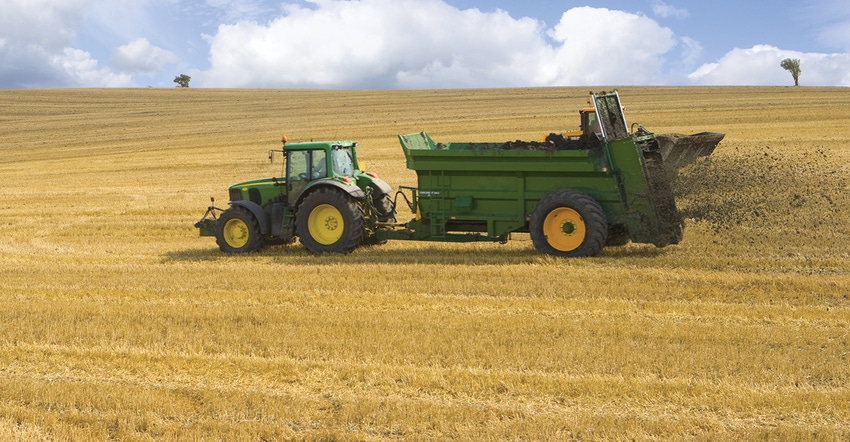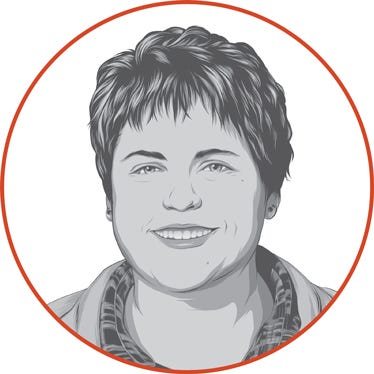
For farmers across the country, harvest is the culmination of months of mental and physical work to produce a crop. It is also the time to start planning for next year.
There are many things we can’t control, like prices, weather or President Donald Trump’s next tariff move. But fertility is one area we can control.
On our farm, 2019’s crop planning starts with a focus on fertility. Long gone are the days when farmers apply blanket amounts of fertilizer, using standard removal and buildup numbers. For us, the details matter.
Fertility starts with a soil test. The farm started soil-testing fields in the 1950s. Until a few years ago, we tested 10-acre samples as part of a four-year rotation. Now we test in 2.5-acre grids every three years. Smaller samples more often are worth the additional cost.
Combine accuracy
Yield data is worthless if it’s not accurate. Collecting harvest data is easy but collecting “accurate” harvest data is another story.
One problem lies in calibrating the yield monitor. We should calibrate each time we switch crops and fields, but that never happens. I’m too caught up in completing harvest to mess with calibrations. I always need to tweak and post-calibrate yields after harvest.
We recently invested in the John Deere ActiveYield automatic calibration system. This feature will save time, increase accuracy and allow me to send yield data wirelessly to an ag management system.
Less is more
I used to think in general terms about fertilizer: apply buildup and removal amounts to fields, put less DAP on fields where we apply cattle manure, and move on to the next task. Historically, we did a two-year spread, where we applied before the corn crop and let the following year’s soybean crop scavenge for nutrients.
Although we had a general idea of the fertility, pinpoint accuracy wasn’t there, and we were spending too much money on blanket applications.
We have re-imagined that strategy. Now we spread fertilizer before each crop, and don’t apply too much where we don’t need it nor too little where we do need it. These steps will level out the fertility and yields across each field, and save money.
We are in tumultuous, risky times in agriculture, but fertility is one area we can control and make bottom-line changes. Farmers can take accurate soil test data, combine it with accurate harvest yield maps and use the information to create precise prescriptions for fertilizer applications.
We don’t have control over Trump’s tweets, but we can control our soils.
The opinions of the author are not necessarily those of Farm Futures or Farm Progress.
About the Author(s)
You May Also Like






